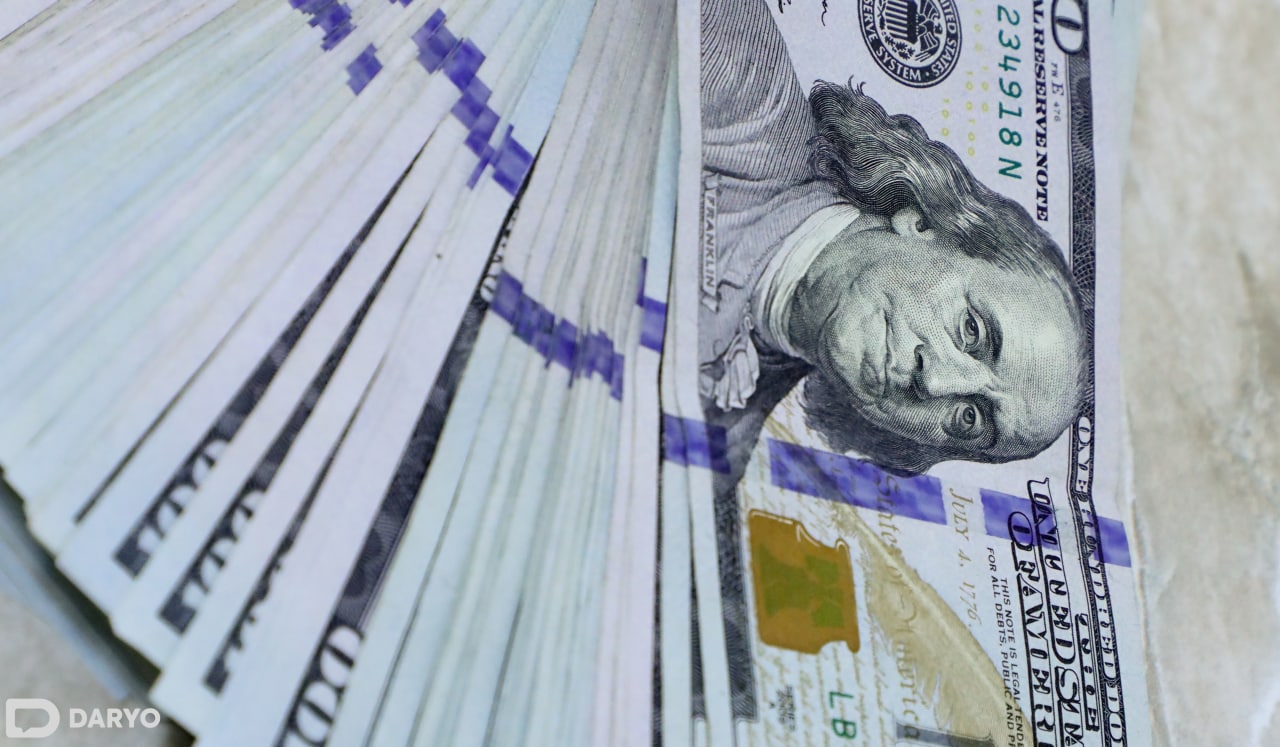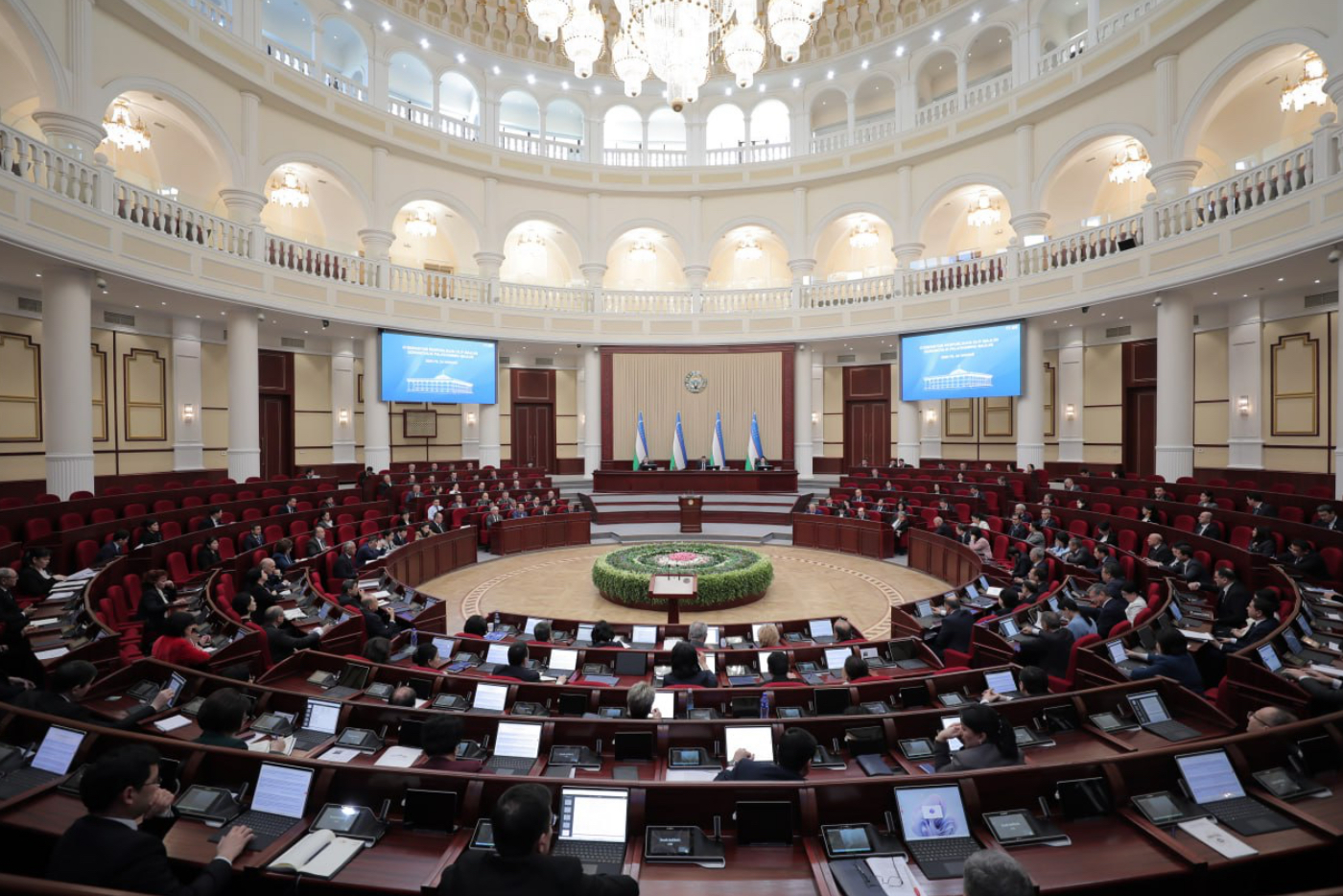Uzbekistan's export volume reached $27bn by the end of 2024, according to Deputy PM Jamshid Kuchkarov. He noted that the country’s GDP last year grew by 6.5% .

"State budget revenues reached UZS 274.4 trillion ($21bn), an increase of 18.4%. The annual inflation rate stood at 9.8%," he said.
Foreign investments also saw an uptick, rising by 1.6% compared to the previous year. The government doubled investments in key sectors such as mining, oil and gas, chemicals, and agriculture, further supporting economic growth.
The report also highlighted progress in social sectors. The preschool education coverage rate reached 76%, while 115 new non-state general secondary education institutions were established. Higher education saw improvements with the construction of 91 student dormitories.

In healthcare, over 10mn people above the age of 40 and more than 8mn children underwent mass medical screenings. Additionally, as part of efforts to support women, 197,700 women received loans worth UZS 3.3 trillion ($254mn), and 548,800 women were provided employment opportunities.
Uzbekistan also advanced its environmental initiatives. Under the “Yashil makon” (Green Nation) project, 225.9mn tree and shrub seedlings were planted, and the number of green parks across the country increased to 444.
Earlier, it was projected that the country’s GDP would reach $115bn in 2024, with a per capita GDP of at least $3,000.
According to the Statistics Agency, Uzbekistan's population surpassed 37.54mn by the end of 2024. In 2023, Uzbekistan’s GDP expanded by 6%, reaching $90.9bn. At the prevailing exchange rate, this translated to a per capita GDP of $2,500.
Follow Daryo's official Instagram and Twitter pages to keep current on world news.
Comments (0)